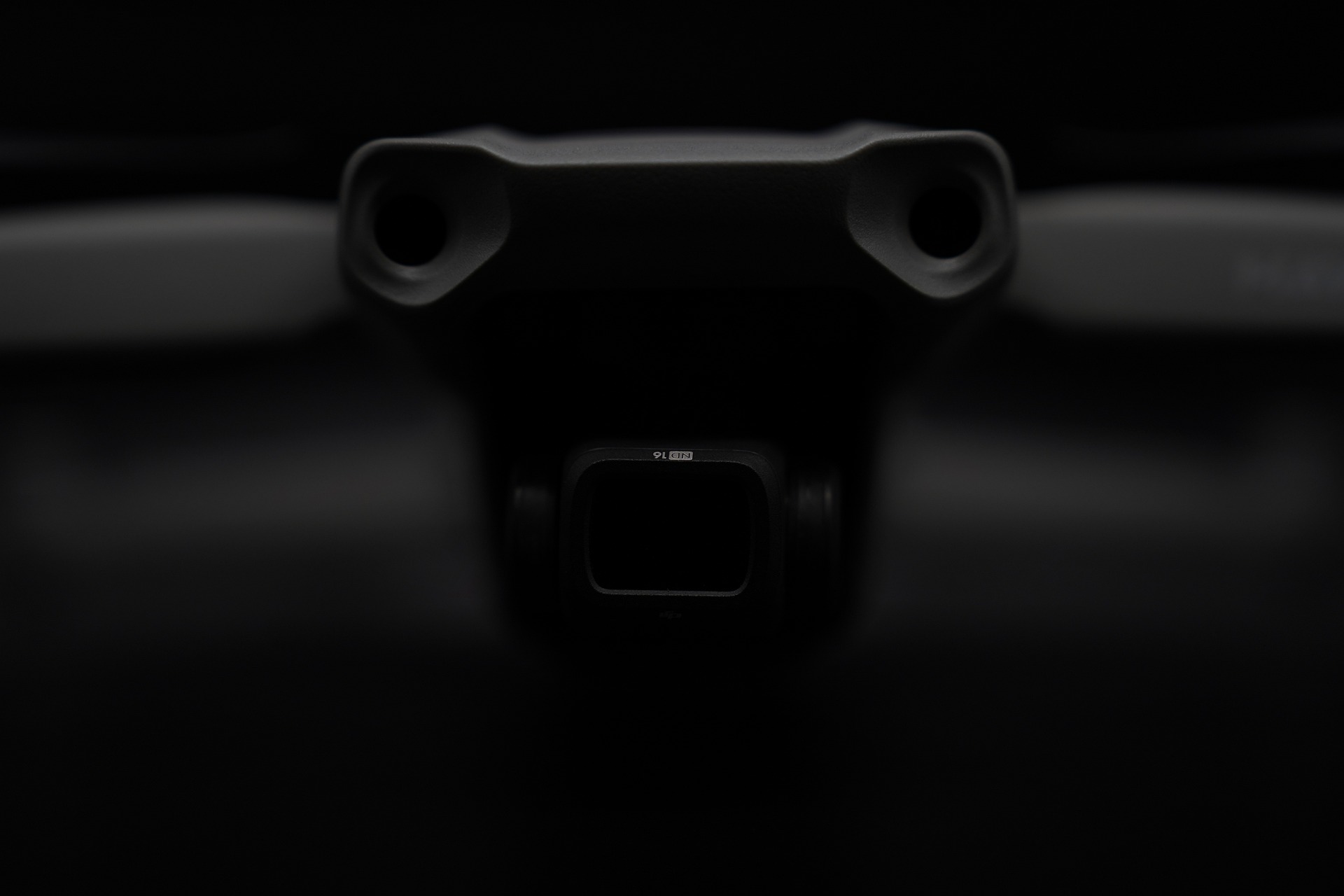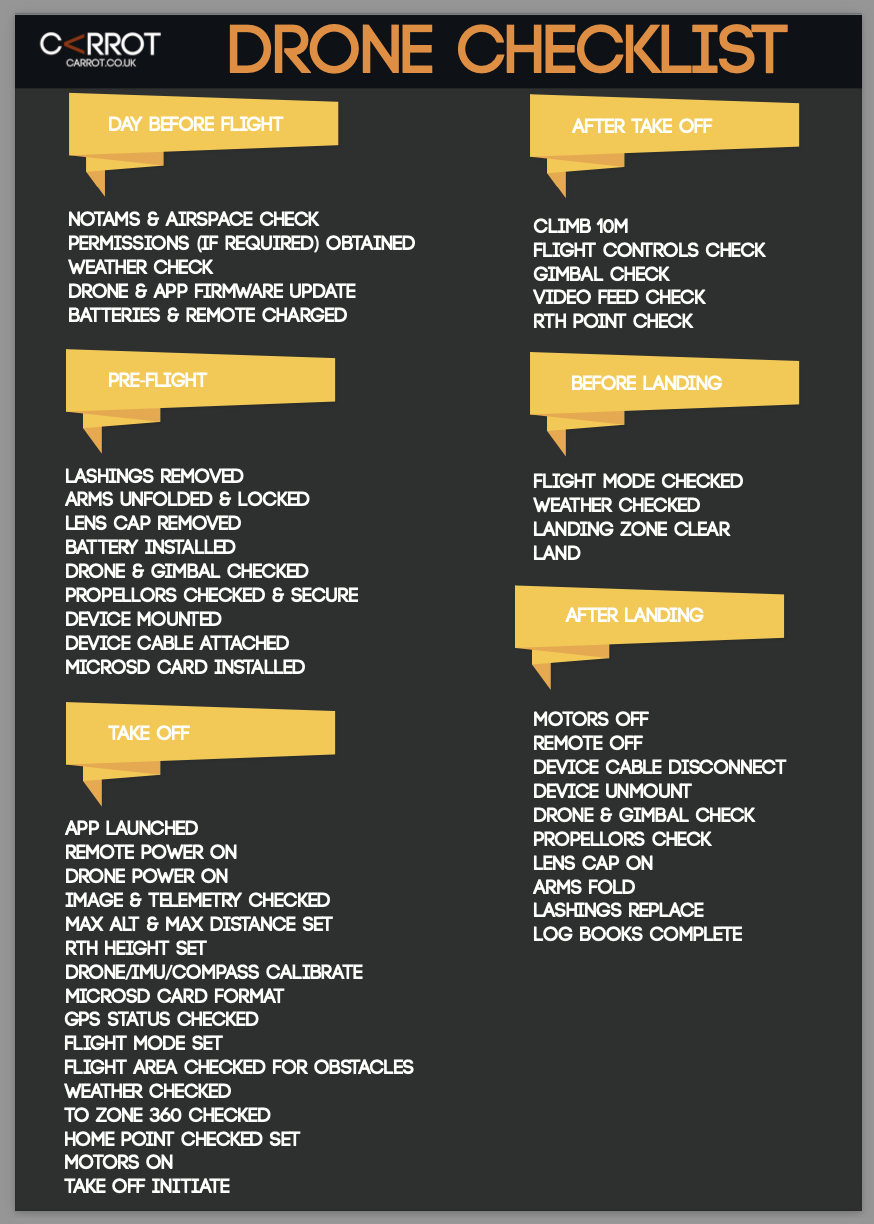Read Time 10 mins
10/04/2023

In recent years, drones have revolutionized aerial photography and videography, allowing for stunning shots that were once impossible to capture. However, the quality of these shots is largely dependent on the drone camera sensor. In this blog, we will explore the different types of camera sensors found in DJI and Autel drones, the advantages of larger sensors and more megapixels, and which is better.
What is a camera sensor?
A camera sensor is a device that captures light and converts it into an electrical signal, which is then processed by the camera to produce an image. The sensor is the most critical part of a digital camera, as it determines the quality of the image. There are two types of camera sensors: CCD (charge-coupled device) and CMOS (complementary metal-oxide-semiconductor). Most drone cameras use CMOS sensors due to their low power consumption, fast readout speeds, and high signal-to-noise ratio.
What are the different camera sensor sizes found in DJI and Autel Drones?
DJI and Autel drones use a variety of camera sensor sizes, ranging from small 1/3.2-inch sensors to larger 1-inch sensors. The Mavic Mini, for example, uses a 1/2.3-inch sensor, while the Phantom 4 Pro uses a 1-inch sensor. As a general rule, larger sensors tend to produce better image quality, as they can capture more light and provide better depth-of-field control.
What megapixel cameras are found in DJI and Autel Drones?
DJI and Autel drones typically use cameras with 12-48 megapixels. The Mavic Mini, for example, has a 12-megapixel camera, while the Phantom 4 Pro has a 20-megapixel camera. The Autel Evo II, on the other hand, has a 48-megapixel camera. However, it's important to note that megapixels are not the only factor that determines image quality.
What is a Bayer Quad Sensor and what drones have one?
A Bayer Quad Sensor is a type of camera sensor that uses four color filters (red, green, blue, and white) to capture more accurate color information. DJI's Mavic Air 2 and Phantom 4 Pro v2.0 both use a 48-megapixel Bayer Quad Sensor, which allows for higher quality images with better color accuracy.
What are the advantages of larger sensors?
Larger sensors have several advantages over smaller sensors. They can capture more light, which allows for better low-light performance and a wider dynamic range. They also provide better depth-of-field control, which is essential for creating professional-looking aerial shots.
What are the advantages of more megapixels? More megapixels can result in higher resolution images, which can be useful for large prints or post-processing. They can also provide more detail in images, which is especially useful for landscape and architecture photography.
What is better, a bigger sensor or more megapixels?
There is no clear answer to this question, as it largely depends on your specific needs. If you're looking to capture stunning aerial shots for professional use, a larger sensor will likely provide better image quality. However, if you plan on printing large images or doing extensive post-processing, more megapixels can be useful. It's important to consider both factors when choosing a drone camera.
A warning about what 1” in a digital camera sensor actually means:
While a camera sensor that is marketed as 1" may seem like it should measure 1 inch in diagonal length, this is not necessarily the case. In reality, the size of the sensor can vary depending on the manufacturer and the specific camera model.
The term "1-inch sensor" actually comes from the historical measurement of video camera tubes, which were often measured in inches. Over time, the measurement has been carried over to digital cameras and has become a standardized term used to describe sensor size. However, the actual size of a 1-inch sensor in millimeters is closer to 16mm x 9mm, which is significantly smaller than 1 inch (25.4mm).
Additionally, some manufacturers use a slightly larger or smaller sensor size, which can affect the image quality and performance of the camera.
Summary of Drones, Sensors and Megapixels
| Drone | Sensor size | Sensor type | Megapixels |
|---|---|---|---|
| DJI Mini 2 | 1/2.3-inch | CMOS | 12 |
| DJI Mini 2 SE | 1/2.3-inch | CMOS | 12 |
| DJI Mini 3 Pro | 1/1.3-inch | CMOS | 48 |
| DJI Mini 3 | 1/1.3-inch | CMOS | 12 |
| DJI Air 2 | 1/2.3-inch | CMOS | 12 |
| DJI Air 2 S | 1/2-inch | CMOS | 20 |
| DJI Mavic 2 Pro | 1 inch | CMOS | 20 |
| DJI Mavic 2 Zoom | 1/2.3-inch | CMOS | 12 |
| DJI Mavic 3 | 1/2-inch | CMOS | 20 |
| DJI Mavic 3 Classic | 1/2-inch | CMOS | 20 |
| Autel Nano | 1/2.3-inch | CMOS | 48 |
| Autel Nano + | 1/2-inch | CMOS | 50 |
| Autel Evo II | 1/2-inch | CMOS | 48 |
Conclusion
In conclusion, camera sensors are a critical component of drone photography and videography. DJI and Autel drones use a variety of sensor sizes and megapixels, and choosing the right combination depends on your specific needs. As a general rule, larger sensors tend to provide better image quality, while more megapixels can be useful for printing and post-processing. Ultimately, it's important to consider factors such as lighting conditions, depth-of-field control, and resolution when selecting a drone camera sensor.
It's worth noting that other factors can also affect the quality of drone footage, such as lens quality and image stabilization technology. For example, DJI's Phantom 4 Pro v2.0 uses a mechanical shutter and advanced image stabilization technology, which allows for even better image quality.
